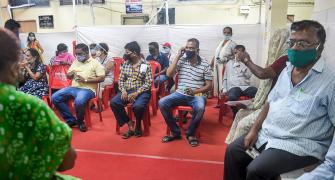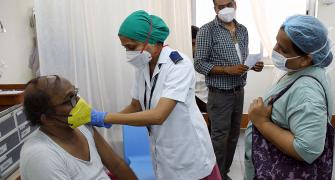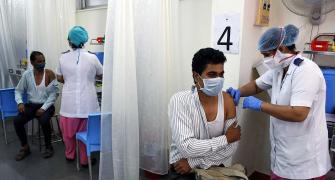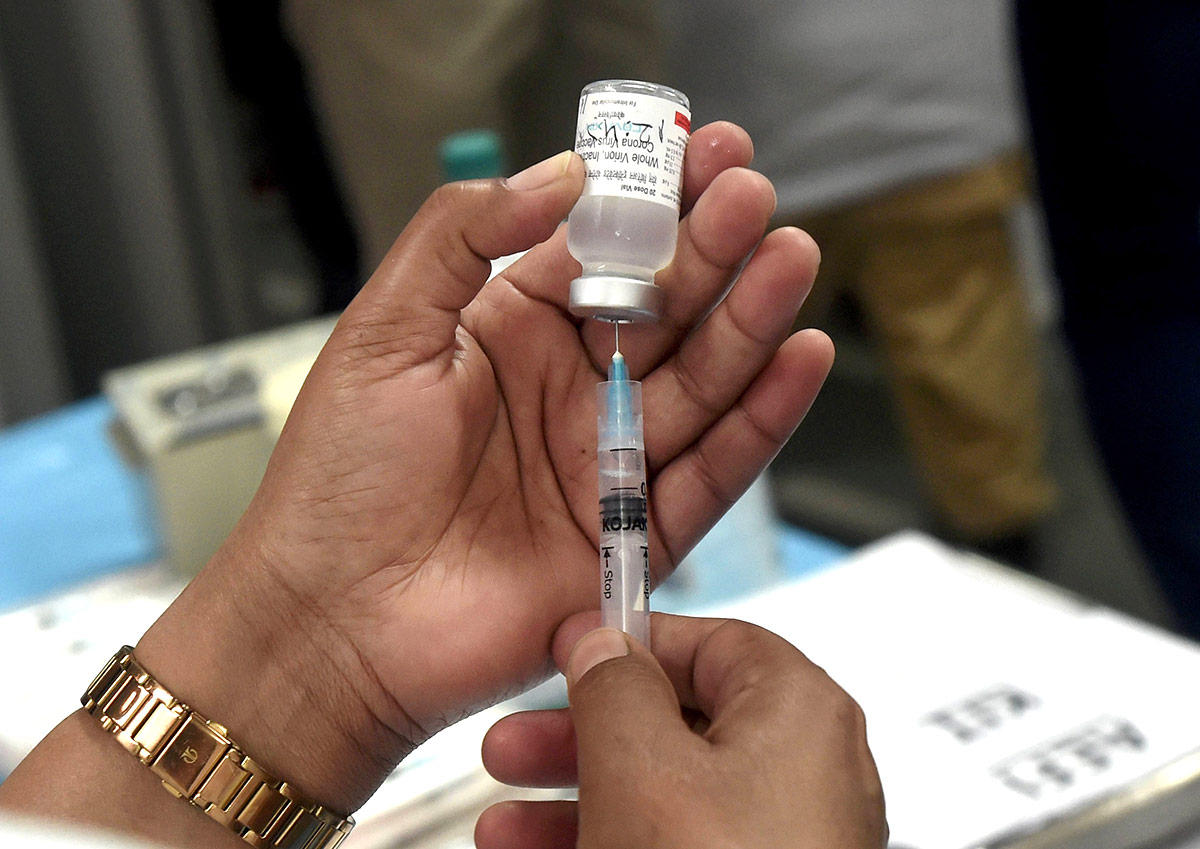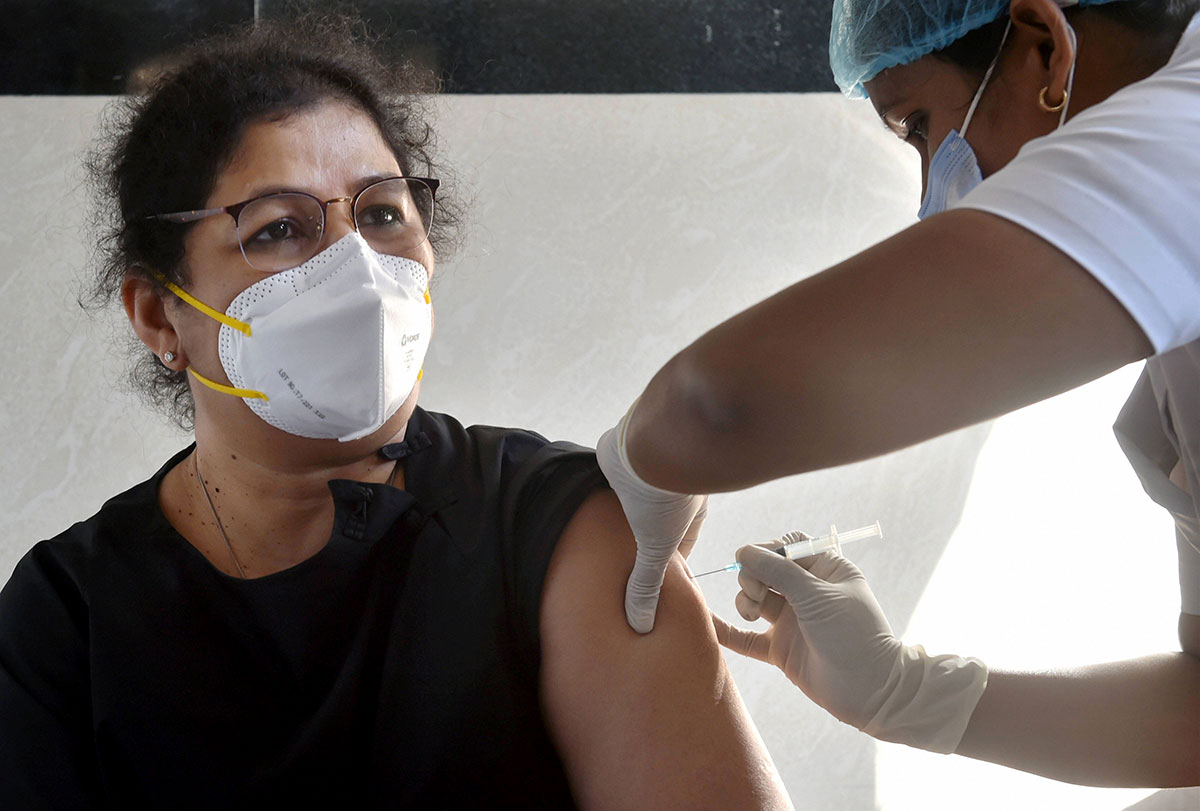Here are seven jargons you may often come across when discussing the Covid-19 pandemic that Devangshu Datta makes sense of.

Prior to Covid-19, most people had not heard of epidemiology. Epidemiologists use maths and data to examine health-related variables (not just diseases -- they also look at diet, lifestyle, tobacco use, alcohol use, etc). They make projections about the future course of diseases.
Here are seven jargons you may often come across when discussing the Covid-19 pandemic.
1. SIR Model
The "Susceptibility Infected Recovered" (SIR) Model is commonly used. At the inception of a new disease, SIR assumes everyone who isn't already infected is "Susceptible".
The infected slot into the "I" bucket.
Those who "Recover" move into "R".
This gives a sense of how long an epidemic will last before it tapers off. As more recover, fewer "susceptibles" remain.
A variation, the SEIR ("E" stands for "Exposed") model assesses more at risk (like healthcare workers or religious pilgrims). It's assumed the "Recovered" will not become "Susceptible" again, for a while.
2. R0
"R-nought" is a measure of infective power. It's the ratio of the average number of people any infected individual will infect in turn. If R0 is less than 1, the disease tapers off as the infection rate drops. If it's above 1, the disease spreads.
The R0 drops if there's effective public health policy (lockdowns, vaccinations, quarantines). The Covid-19 calculations of R0 are complicated by super spreading events, where one person has infected many. The new mutant variants of Covid-19 are said to be more infectious, with higher R0.
Note: A high mortality, highly infectious disease may have low R0 if patients die before passing on the infection.
3. Doubling
Epidemiologists use doubling to guesstimate if an epidemic is easing off, or intensifying: How often do the number of cases double? Say, a disease starts with one person infecting two (R0 of 2). Those two infect two more each. By the eighth round of doubling, there are 128 cases.
By the 20th round, there are over 500,000.
This sort of exponential growth is seen in the early stages of an epidemic. As more people get infected, the curve flattens.
Epidemiologists warned a second wave was coming in February 2021 because doubling time was decreasing.
4. Herd immunity
Herd immunity (HI) is shorthand for widespread resistance. HI occurs naturally.
"Susceptibles" drop as large numbers are infected and then recover. Vaccinations achieve HI with less pain and mortality.
A simple formula (1-1/R0) indicates the level of likely infection, which is also the minimum desired level of vaccination for herd immunity.
For example, if Covid-19 has an R0 of 2, it will infect 50 per cent of the population (1-1/2) without intervention. If you vaccinate over 50 per cent, you will achieve HI.
Say, an infected person comes into contact with two persons but one is immune. The R0 must now drop to 1, or lower.
A more infectious disease of R0 3 will require 67 per cent vaccination. To eradicate polio, over 80 per cent HI was created by vaccination.
5. Testing and vaccination
Who do you test? Who do you vaccinate? Do you test random samples from the population at large, or target people in contact with known infected persons?
Do you vaccinate health workers, pilgrims and students first because they are at high risk? Do you vaccinate the elderly first because they have higher mortality? How do you factor in co-morbidities in targeting?
How many false positives and false negatives does a test throw up?
A test with 99 per cent sensitivity will pick up 99 per cent of genuinely infected persons. It will miss 1 per cent (false negatives) and it may tag people who are not infected (false positives).
Epidemiologists do a lot of number crunching and modelling using probability theory and other maths tools to answer these questions. Politicians don't necessarily take their advice.
6. Mutations
Viruses mutate very quickly. Some eight million years ago, mutations in an ancestral population of apes led to the divergent species of humans and chimpanzees. A virus runs through the same number of mutations in five days!
Most mutations don't change virus characteristics very much. Some do, however.
7. Immune escape
When a virus mutates in certain ways, it can bypass the immunity conferred by vaccines, or the immunity conferred by a previous infection. New vaccines are then needed. New flu vaccines are needed every two years.
Note: New doses of existing vaccines are needed anyhow, as immunity wears off. But an entirely new vaccine may be needed if a mutation can "immune escape". Immune escape may be an issue with some mutant Covid strains.


